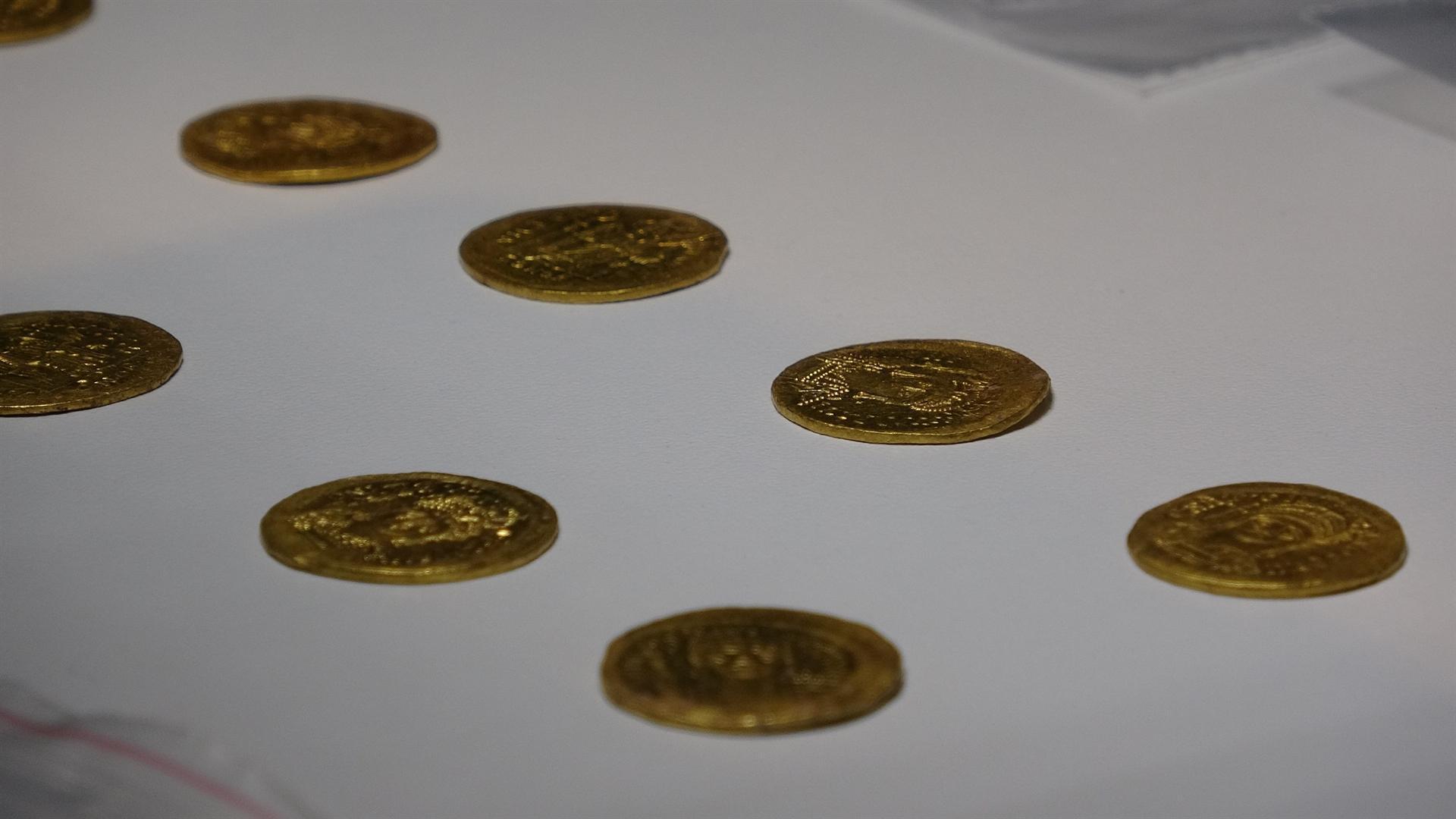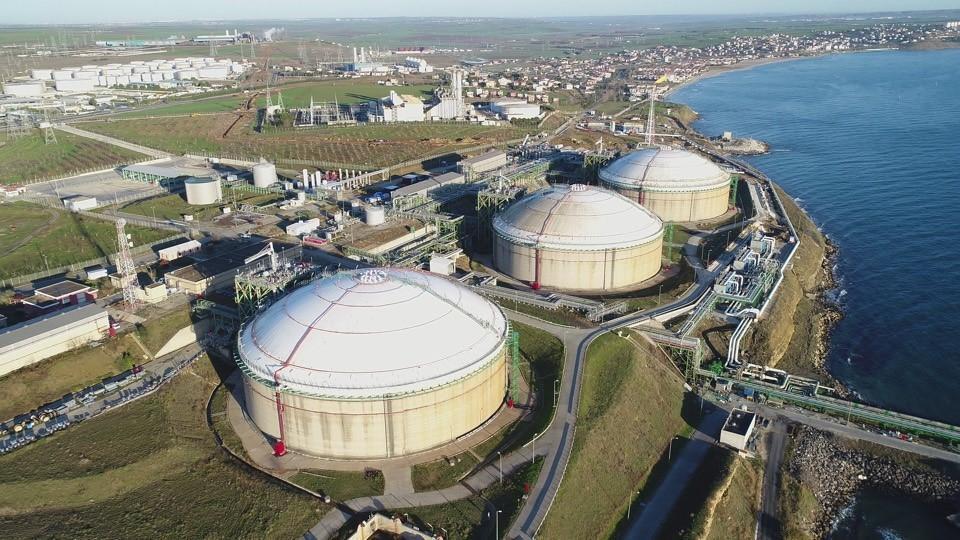Byzantine treasure found in Çanakkale
ÇANAKKALE

Sixty-eight gold coins, dating back 1,700 years, have been unearthed in excavations at the Temple of Apollo Smintheus in Gülpınar village of Ayvacık district in the northwestern province of Çanakkale.
At a meeting held at the Museum of Troy, the head of excavations, Professor Coşkun Özgünel, said that archaeologists found a small treasure of the Byzantine era. He said that some of the coins depicted the helmeted and armored Emperor Justinian I holding a Globus with a cross in his right hand and a figured shield in his left hand.
Stating that they had been digging in the area since 1980, Özgünel said: “The most important of this year’s treasure is that it has a certain date. So it belongs to the second half of the fifth century A.D.; it is a treasure dating back to 550-575. We found 68 gold coins from the 1st and 2nd era of Justinian I and II. These coins were found at the bottom of the wall of a Byzantine house. This reveals that the history of the excavations in the Temple of Apollo Smintheus in the village of Gülpınar and its environs continued until the late Byzantine period. Sixty-eight coins were found on Aug. 7. Gold is not a rusting substance like bronze. The area was flooded by rain and was covered in mud. After cleaning the mud, we found the coins in various sizes. Their grams are different, but there is little differences between each other.”
Özgünel said that the coins will add wealth to the Museum of Troy.
“We call it a treasure, but it is a savings,” he said. “The owner certainly had some concerns about his future and was collecting gold coins. At the time, our grandfathers and grandmothers had interest in gold in this beautiful holy land in the fifth and sixth centuries. It is both sociologically and ethnologically important. Of course, we are all very happy to find such things.”
















